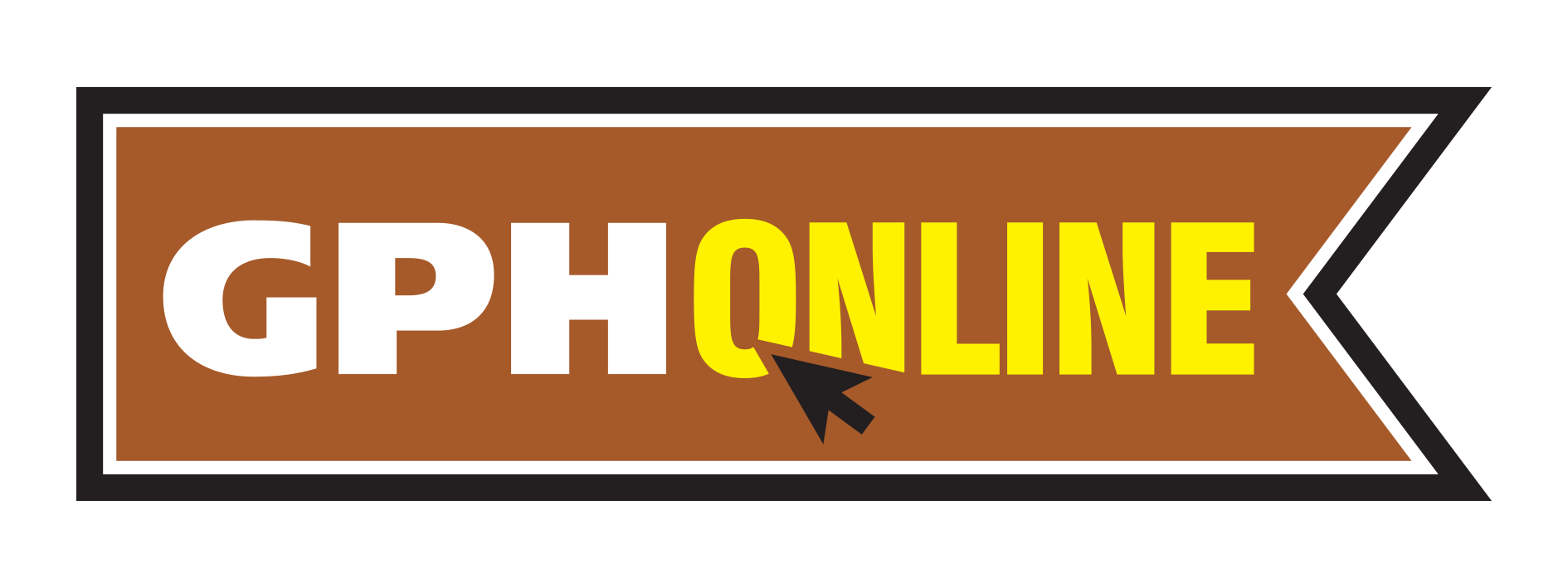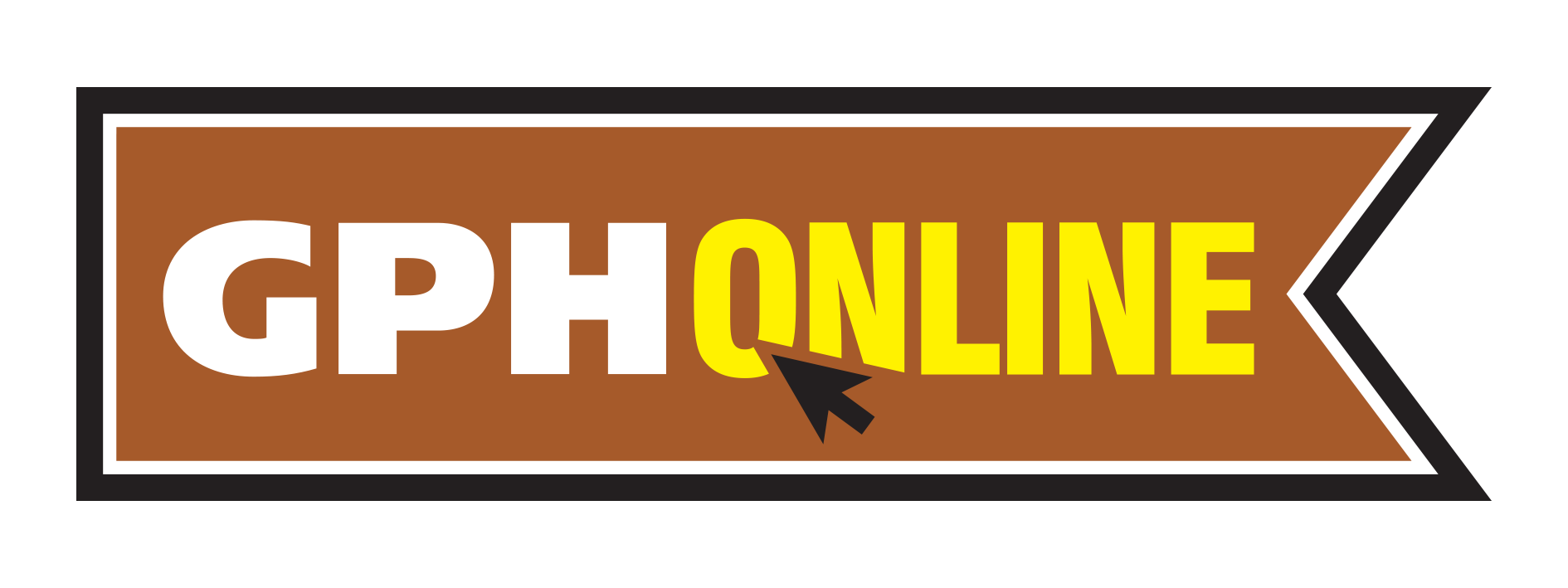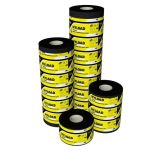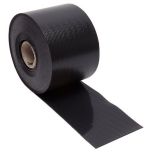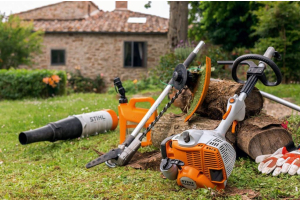Your Full Guide To Damp Proof Membrane Installation
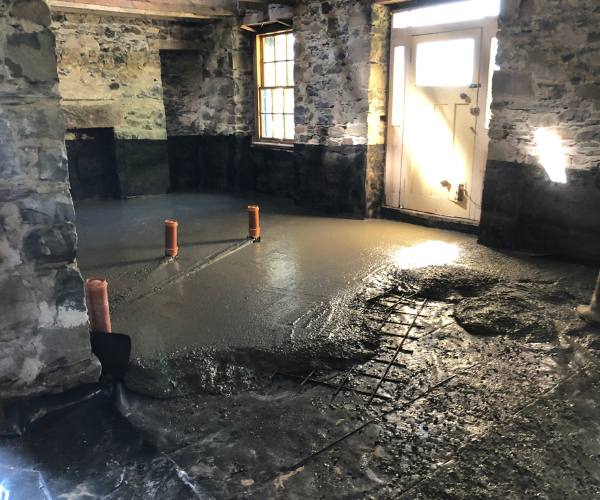
Damp rising through the surface of concrete slab flooring is pretty common, and the porous nature of concrete can make dealing with your moisture problem an uphill battle. The issue is especially tricky to deal with when water ingress seeps through to the finishing layer laid on top of your floors. The excess moisture can spell big problems for carpets and floor coverings - particularly for wooden floors.
In this guide, we're taking a look at how to install a damp-proof membrane on concrete and how to stop moisture from coming through concrete floors and prevent dampness.
Why Should You Damp Proof Concrete Floors?
When dealing with concrete, damp proofing the floor is essential. Moisture rises from the ground through the concrete through capillary action, and changes in the environment can have a big impact on the water levels. For example, landscaping can mean that plants and trees are no longer absorbing the water in the ground and moisture levels will rise.
There are a few options for tackling dampness in concrete floors, including digging up the existing flooring and installing a new damp-proof membrane to take the edge off before installing a new concrete slab. Or, fully isolate the dampness by using a surface damp-proof membrane.
What Are Damp Proof Membranes?
The best solution for floor damp proofing, Damp Proof Membrane (DPM for short) are rolls of strong polythene that protect against moisture. There are different gauges (thicknesses) of DPM, however, the British Standards propose that a sheet should be at least a 1200 gauge.
Damp-proof membranes work by creating an air gap, which allows the excess water to evaporate. The installation process requires a careful hand, as any tears in the plastic membrane sheet will allow moisture to penetrate the protective layer.
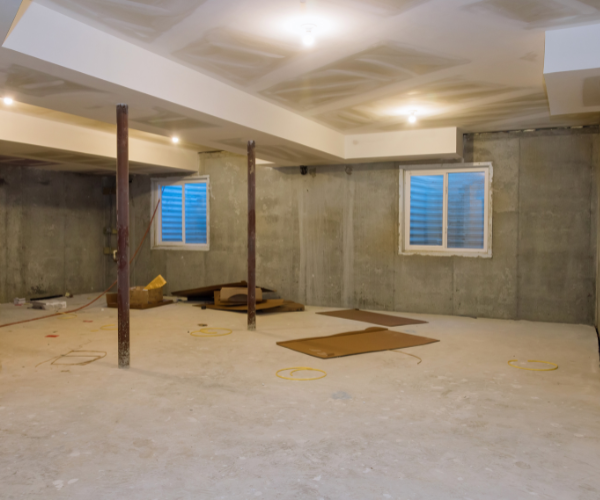
How To Install Damp Proof Membrane on Concrete Floors
Installing a floor membrane on concrete to fight dampness is a relatively simple process, but getting it wrong can cause even more issues down the road. When installing an underlay process, roll out the damp-proof membrane the same way you do a carpet and cut to size.
The next layer should be rolled out overlapping the edges of the membrane and seal the joints with waterproof tape. Once both widths are in alignment, remove the backing paper and press down both sections are sealed together and repeat the process until the whole floor is covered.
All extensions and new builds are required to have a damp-proof membrane installed, and a durable 1200 gauge DPM is essential during the initial construction process. The membrane should be placed between the hard earth and concrete slab to create a strong layer that repels dampness.
For existing concrete floors, an epoxy floor coating is a fail-safe solution that is ideal for when an existing DPM has either failed or hasn't been installed in the first place. Low-odour and solvent-free, an epoxy coating can be applied directly on top of damp floors.
How Do I Know What Gauge I Should Be Using?
The gauge of damp-proof membranes in construction is governed by British Standards - which say that the DPM used should be at least a 1200 gauge. Using a thinner version might violate building regulations and be ineffective.
While a 1200 gauge DPM is more than enough to get the job done, there are thicker sheets available. Make sure to always consult on what is specified for your build and check the requirements set out by your local council.
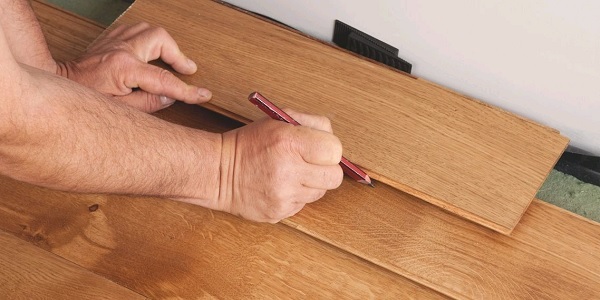
Do Laminate Floors Need A Damp Proof Membrane?
One of the biggest causes of confusion around damp-proof membranes is the type of flooring they can be used with. To put it simply, all floors should have a damp-proof membrane installed. This includes laminate flooring, luxury vinyl, tiles and natural wooden flooring.
The membrane should be placed below any insulation, to protect the concrete and insulation from any potential damage. If the DPM is not placed properly then moisture can erode the insulation over time.
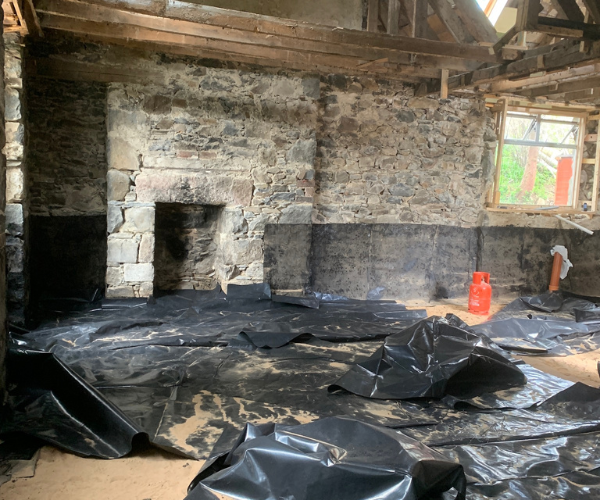
What Are My Options For Damp Proofing A Floor?
Here at GPH, we offer a range of damp-proofing solutions, and knowing the difference is key to tackling any moisture problems you're facing. Damp-proof membranes such as the Forsoc Proofex are ideal for waterproofing concrete floors and basements. This DPM combines durability and flexibility to protect against damage and the self-adhesive makes the installation process simple.
Another option for tackling water ingress is a damp-proof course. A DPC works as a horizontal barrier that can be applied to internal walls to stop water from travelling upwards through capillary action. Damp walls are a big issue, particularly in underground structures like basements, and combining a DPC and DPM is a fantastic solution.
A DPM coating is your best option for existing floors that are experiencing dampness, as it doesn't require removing any concrete slabs. The Everbuild Black Jack DPM is a ready-to-use emulsion that can be used as a curing agent for concrete floors and acts as a waterproof layer for walls, above-ground structures and foundations.
Gas-proof membranes work to keep harmful gases such as carbon monoxide or radon out of your home. Whether or not you require one depends on the pollutants in the area or the condition of the building.
